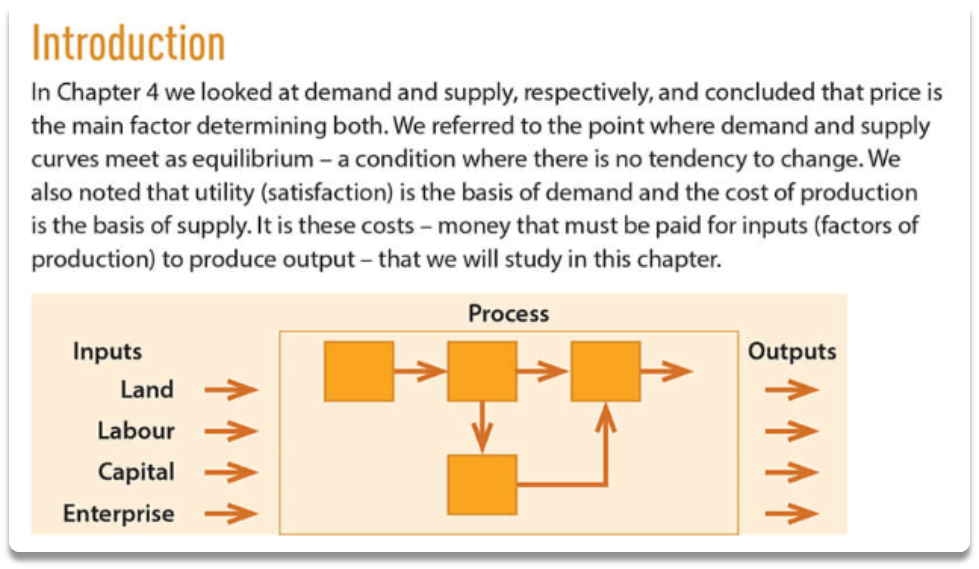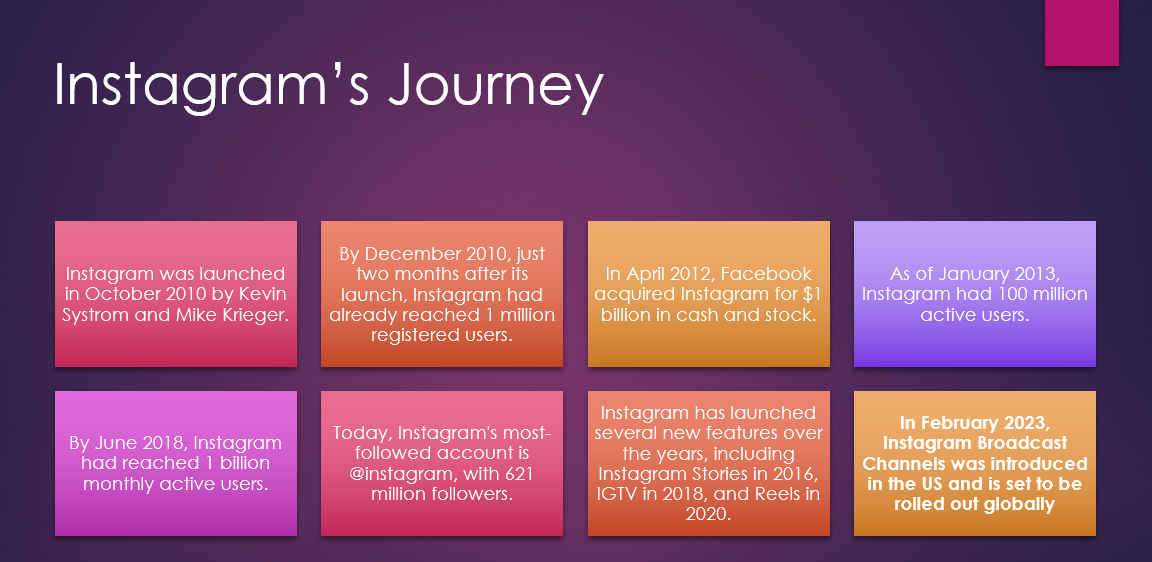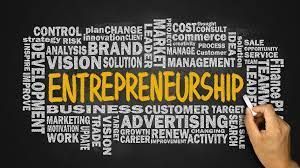Instagram - A Case Study of the Four Factors of Production
Instagram offers a great example of the four factors of production. You can find the complete recording on the below YouTube link, and a brief summary in the post that follows.
To get started, here are some interesting details about the most downloaded app worldwide in 2022
- Around 3 billion photos are shared on Instagram every day.
- Posts with at least one hashtag average 6% more engagement.
- More than half of Instagram captions & comments contain Emojis.
- Instagram videos get over 2 times more engagement than Instagram photos.
- The most popular hashtag on Instagram is #Love.
- There were 5 million uploaded videos within the first 24 hours after Instagram announced the video feature in 2013.
In
Positive Economics, we explain the four factors of production:

Let's take each one in turn:
Land: Land refers to the natural resources used in the production process. In the case of Instagram, the "land" could be seen as the physical infrastructure, such as the servers and data centres that store and transmit the images and videos posted by users. Instagram's parent company, Facebook, has invested heavily in building and maintaining this infrastructure to ensure that the platform can handle the massive amounts of data it generates every day.
Labour: Labour refers to the human effort and skills involved in the production process. Instagram employs a large number of engineers, designers, product managers, and other professionals who work to maintain and improve the platform. Additionally, there are millions of "independent contractors" or influencers who create content for Instagram, further contributing to the platform's production. As you scroll through your feed, you're providing the attention that's needed for the platform to work with advertisers and influencers.
Capital: Capital refers to the financial resources used in the production process. Instagram's parent company, Facebook, has invested heavily in the platform, spending billions of dollars on acquisitions, research and development, marketing, and other expenses. Instagram's business model also relies on advertising, which generates revenue for the company and allows it to invest in further development and growth.

As per Crunchbase, Instagram raised $57.5 million to build the app and the business before selling it to Facebook for $1 billion in 2012.
Enterprise: The founders saw an opportunity for bringing focusing on images from a smartphone into the world. First, they needed to raise money and build a software to scale. Next, they needed a marketing plan and business model to support that. Over the years, Instagram needed to be very reliable for it's users and innovative with new features at the same time.

Interestingly, in the latest Earnings Call with shareholders, Mark Zuckerberg noted:
Facebook and Instagram are shifting from being organized solely around people and accounts you follow to increasingly showing more relevant content recommended by our AI systems. This covers every content format -- which is something that makes our services unique -- but we're especially focused on short-form video since Reels is growing so quickly. I'm really proud of our progress here. Reels plays across Facebook and Instagram have more than doubled over the last year, while the social component of people resharing Reels has grown even faster and has more than doubled on both apps in just the last 6 months.
For more insights on "Diminishing Marginal Rates of Return", "economies of scale" as well as "long and short run" impacts, check out the full episode at
To be the first to hear about our upcoming webinars, events and articles, join our mailing list today: https://www.thepositiveeconomist.com/newsletter




